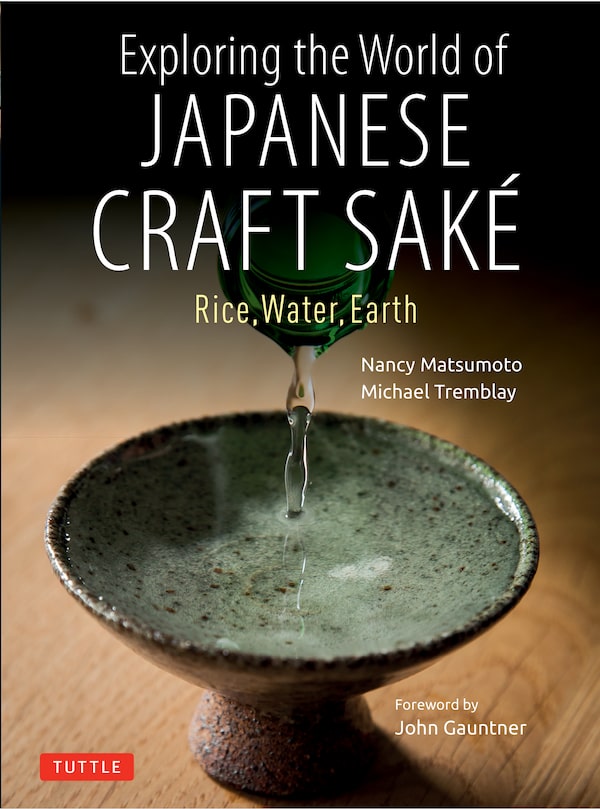This weekend I am happily cooking from my favourite new cookbooks. Cookbooks have changed over the years. Once just collections of recipes, they are now tomes of wisdom and advice with chatty asides by the authors. Producing good recipes is no longer enough. You must be writerly, too.
My favourite books this year are all relaxed, creative, enticing and beautifully written. They send me into the kitchen excited to get cooking. Whether you’re just starting out or an experienced cook, check out a few of my top picks.
Cook As You Are by Ruby Tandoh
Cook As You Are Cover Image. book jacket Author Ruby TandohSupplied
This wonderful book is full of eclectic and worldly recipes, based on Tandoh’s own experiences in life, travel and cooking. Tandoh was a runner-up on The Great British Baking Off and she has written for the New Yorker, the Guardian and others. She talks to you about the recipes, giving notes, substitutions and a list of books that provide background to what she has conceived. The recipes are mostly vegetarian, with lots of vegan substitutes. Her flavour combos are original, with big tastes, and the recipes are beyond easy. Her buttered miso linguine with leeks made a quick and satisfying supper, as did her mushroom and udon noodles spiced with gochujang. She has a natural irreverence – try her fish sticks with Japanese curry. She has chapters on snacks and cooking with kitchen staples. Her creativity knows no bounds. The book is also charmingly illustrated, such a relief from the perfect food pictures that never look like something you produced. I will go back to this book again and again.
Mezcla by Ixta Belfrage
Mezcla Cover Image. Book jacket. Author Ixta BelfrageSupplied
Belfrage was co-author of the Yotam Ottolenghi book Flavor, and worked in his test kitchen. Her first solo book is vibrant and inventive, inspiring you to cook with exceptional results. It is more structured book than Tandoh’s but it still gives you the freedom to experiment. “Mezcla” in Spanish means mixture, blend and fusion, which is what Belfrage’s recipes provide. They have their roots in Spain, Mexico, Italy and more, and include lots of mash-ups, all done with style, verve and colour. There are notes, tips and substitutions, making the dishes even easier to accomplish.
Everything I tested excited my taste buds. I made the squash lasagna, doubting that the hard sheets of boxed lasagna noodles would soften during the cooking process. The dish turned out perfectly and will accompany our Christmas dinner. Belfrage divides her recipes into easy and more complicated, but even the latter were effortless. Her Black Forest Crumpets, a mash up of caramelized crumpets topped with frozen berries, cherries, chocolate and cream, will be a staple in our house, as will her Duck with Mexicorn sauce, a combination of French, Mexican and other influences but essentially a peppercorn sauce, pairing perfectly with the duck breasts. Every recipe features easy techniques and there are even some one-pan dishes. This book finds the joy in cooking.
Exploring the World of Japanese Craft Sake by Nancy Matsumoto and Michael Tremblay

Sake book hi res images Exploring the world of Japanese Craft Sake by Nancy Matsumoto, Michael Tremblay Foreword byJohn Gauntnersowyun/Supplied
Nancy Matsumoto is a Toronto-based writer and editor, and Michael Tremblay is the sommelier at Ki restaurant in Toronto, where he curates the largest sake program in Canada. Their book is one of the most readable and enjoyable to come out this year. It is a great guide to understanding sake’s importance to Japan and the world. Never boring, it is part travelogue, part sake 101, coupled with strong storytelling and an easy writing style. The reference portion, a 30-page Sake Basics section, comes at the beginning. Full of infographics, it’s easy to dip in and out of. It contains all the fundamentals: what sake is, how it is brewed, different brewing styles, all you need to know about rice, yeast and koji varieties, as well as serving methods and vessels, temperature variations, and pairing sake with food.
The rest of the book is all narrative. Chapters cover the tradition of the regional sake guilds, the rise of women as master brewers, as well as iconic brewing families.
Although not primarily a cookbook, there are cherished family recipes. Finally, there are favourite sake bar crawls throughout Japan, which readers can use as a guide when they travel.
It is a pleasurable and enlightening read, and was recently chosen as one of the long-listed drinks books for the prestigious Andre Simon award.
Need some advice about kitchen life and entertaining? Send your questions to lwaverman@globeandmail.com.
Plan your weekend with our Good Taste newsletter, offering wine advice and reviews, recipes, restaurant news and more. Sign up today.